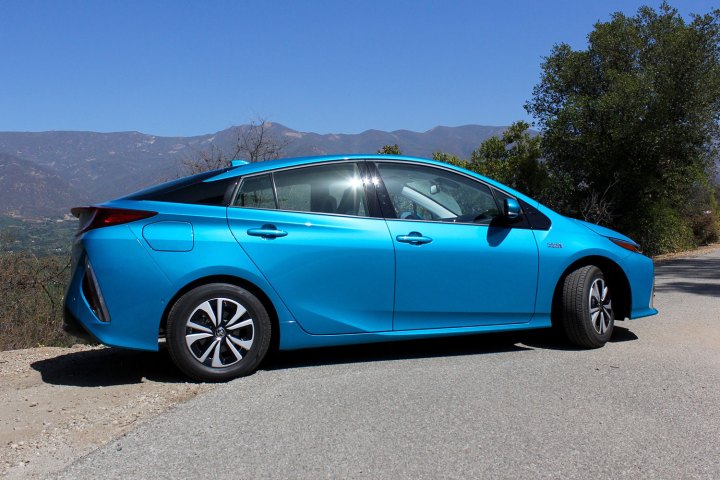
Toyota Motor Corporation announced this week that over the next five years it will expand development of gas-hybrid powertrains. The company will pursue ever-lower emissions via hybrid technology at the same time as it increases its development of all-electric vehicles. Previously Toyota was intent on developing hydrogen fuel cell vehicles to attain zero-emissions levels, but now has shifted technologies in favor of battery-electric cars.
In the face of market demand for ever-more environmentally friendly vehicles with lower fuel consumption, Toyota’s hybrid development expansion is intended both to improve miles-per-gallon-equivalent ratings and reduce emissions.
Toshiyuki Mizushima, president of Toyota’s powertrain division, said “We need to take an aggressive approach to deal with changing regulations,” Reuters reported.
The company plans to introduce 19 new lower-emissions powertrain components in the next five years. According to Toyota, those components will help lower carbon dioxide emissions by 15 percent or more compared to vehicle averages in 2015.
Toyota managed to break through initial market resistance with its Prius hybrid line. While regulators seeking zero emissions are pushing for all-electric cars, considering yesterday’s hybrid news, it is clear that Toyota sees the benefits of developing both technologies.
“The core technology of plug-in hybrids and electric and fuel-cell vehicles is based on hybrid technology. By increasing our hybrid team, we can leverage new developments for use in electric powertrains,” said Mizushima. The company’s goal is to reduce carbon dioxide emissions from its new vehicles by 90 percent by 2050.
Toyota’s goal is to reduce carbon dioxide emissions from its new vehicles by 90 percent by 2050. To that end, Mizushima expects hybrids to comprise about 20 percent of Toyota sales by 2025, while the company’s battery-powered car development continues to pursue a shift away from fossil fuel-powered vehicles.
Editors' Recommendations
- Toyota joins ‘the Tesla plug’ club
- 900 miles on a charge? How Toyota’s solid-state battery tech could revolutionize EVs
- How much does an electric car battery cost?
- Check out Spectre, Rolls-Royce’s first all-electric car
- What’s the environmental impact of EV battery manufacturing and recycling?




